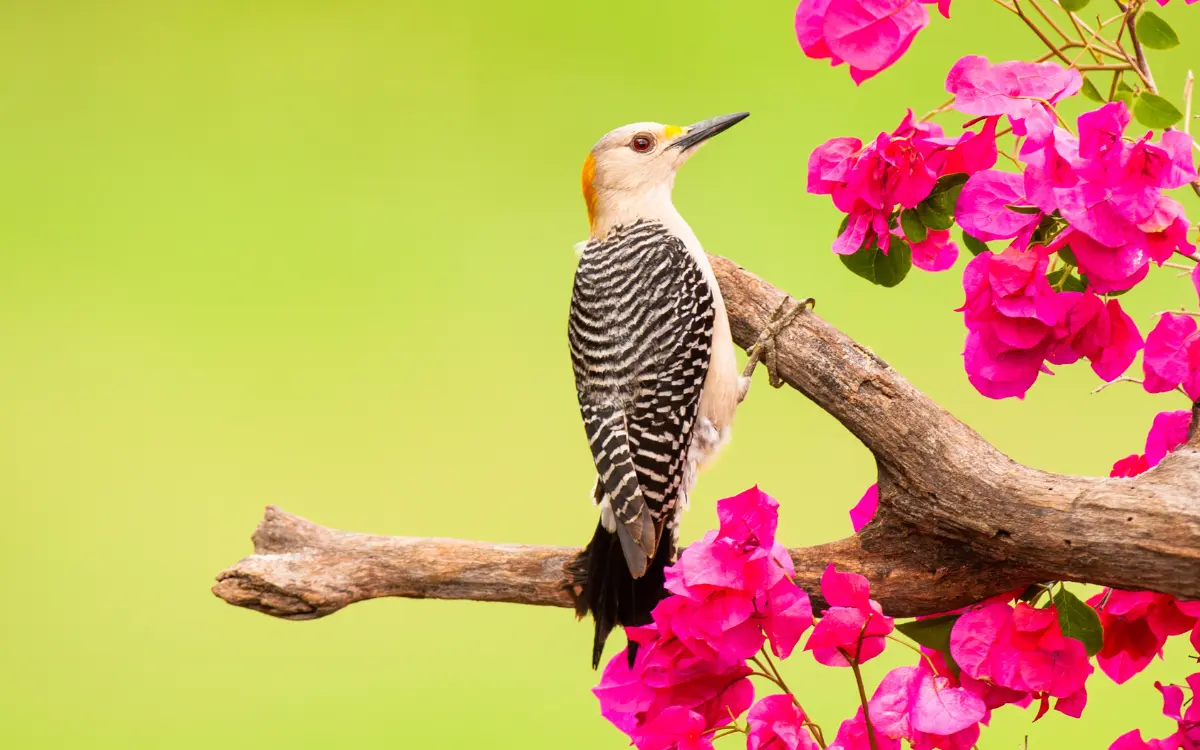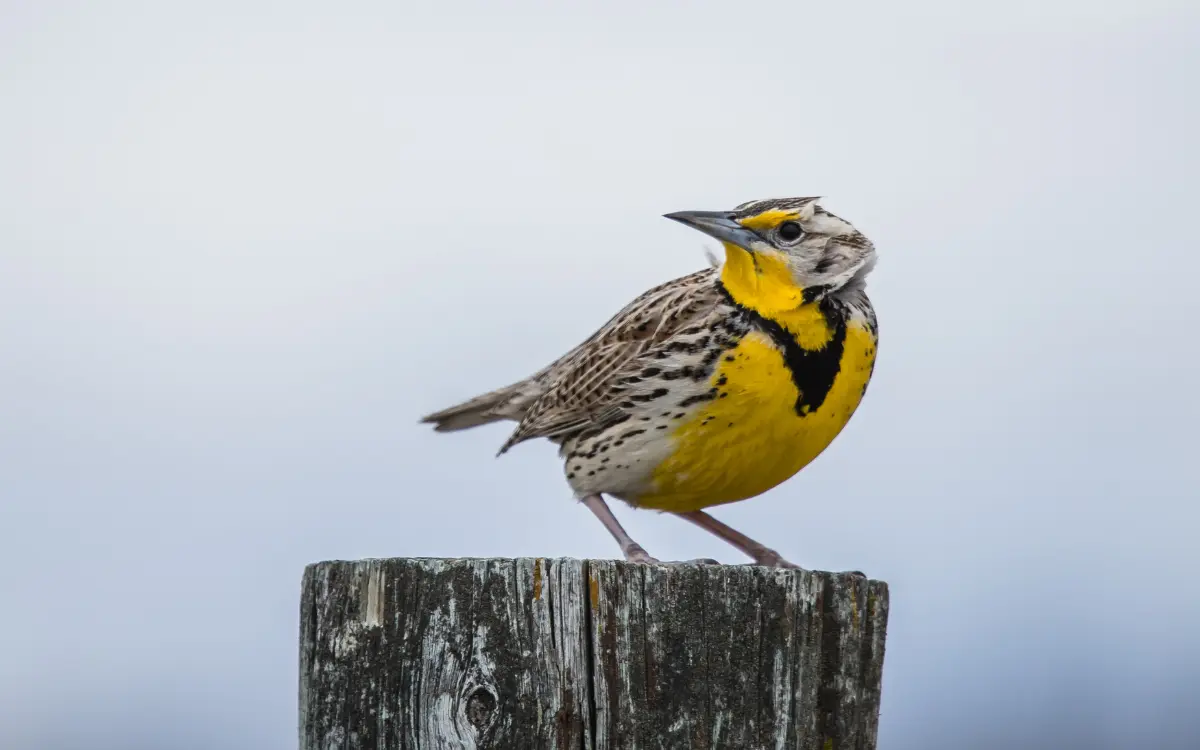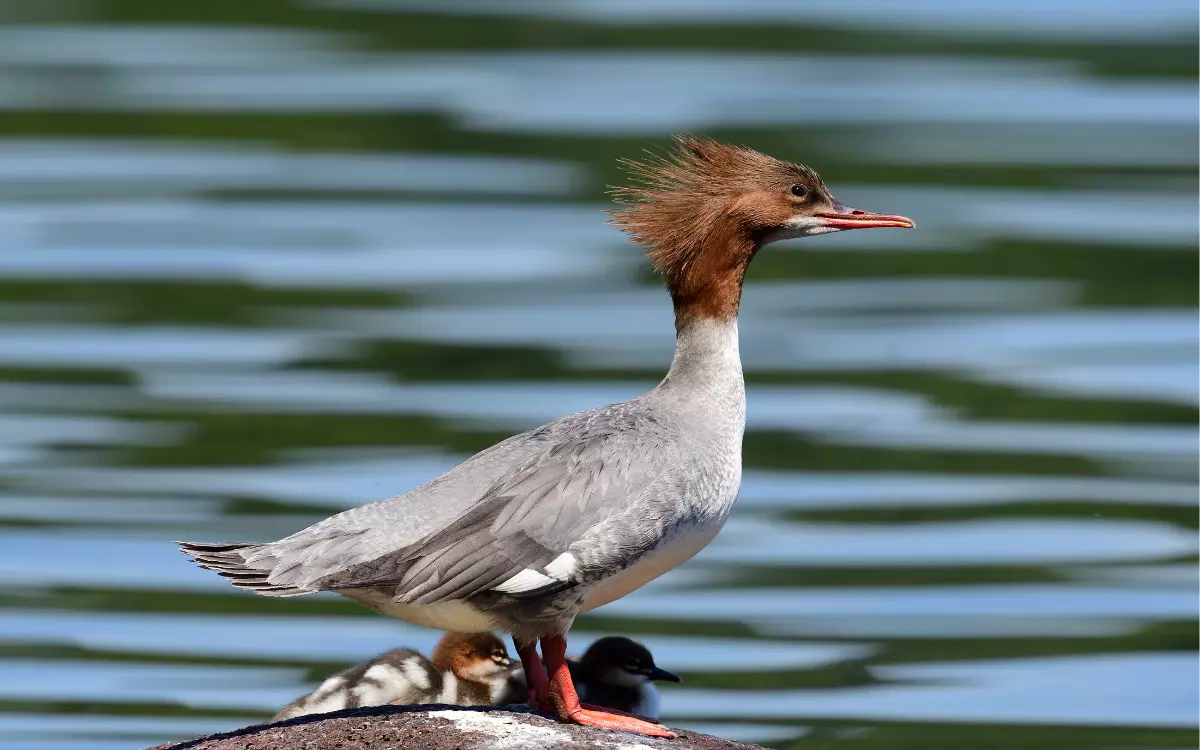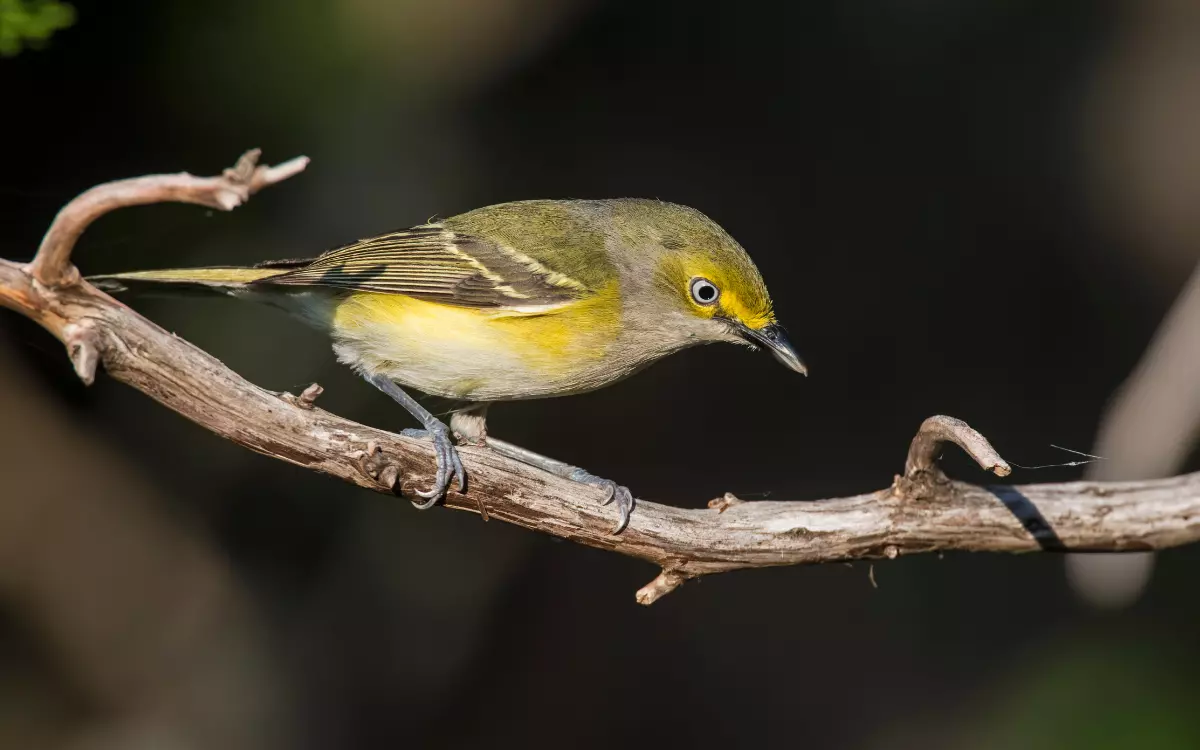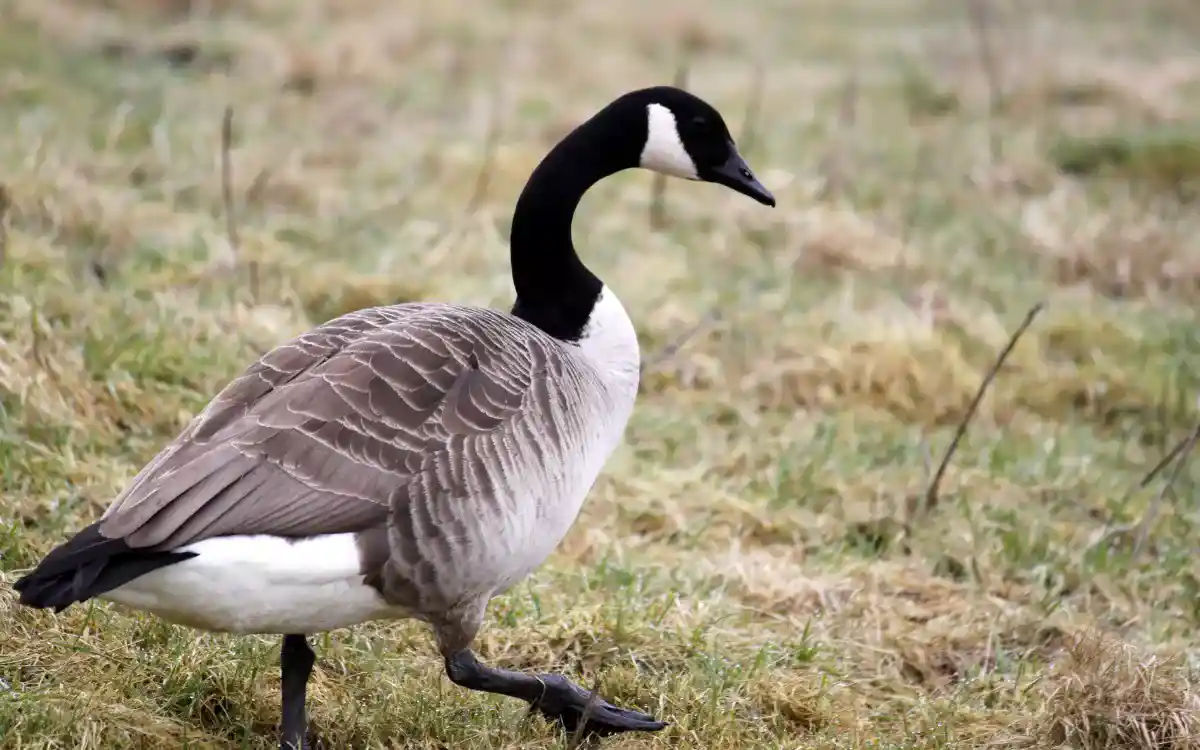9 Blue Colored Birds in Colorado (With Photos )
Colorado is home to some stunning blue-colored birds that brighten up open fields, mountain ranges, and backyard feeders. From familiar species like the Mountain Bluebird to the rare Belted Kingfisher, each of these birds brings unique beauty and behaviors worth knowing.
Let’s meet the most fascinating blue birds you can spot in Colorado.
Blue Bird Species in Colorado:
| Bird Name | Size (in) | Weight (oz) | Wingspan (in) | Main Diet | Habitat Type |
|---|---|---|---|---|---|
| Mountain Bluebird | 6.1–7.1 | 0.85–1.31 | 11.0–14.2 | Insects, berries | Open fields, mountains |
| Western Bluebird | 6.3–7.5 | 0.8–1.1 | 11.8–13 | Insects, berries | Woodlands, parks |
| Steller’s Jay | 11.8–13.4 | 3.5–4.9 | 17.3 | Insects, seeds | Forests, suburbs |
| Blue Jay | 9.8–11.8 | 2.5–3.5 | 13.4–16.9 | Nuts, seeds | Wooded areas |
| Blue Grosbeak | 5.9–6.3 | 0.9–1.1 | 11 | Seeds, insects | Shrubby woods |
| Indigo Bunting | 4.5–5.9 | ~0.51 | 7.1–9.1 | Seeds, insects | Forest edges |
| Lazuli Bunting | 5.1–5.9 | 0.5–0.6 | 8.7 | Seeds, insects | Open woodlands |
| Belted Kingfisher | 11–14 | 4.0–6.3 | 19–23 | Fish | Water bodies |
| Tree Swallow | 4.7–5.5 | 0.60–0.90 | 12–14 | Flying insects | Near water |
1. Mountain Bluebird (Sialia currucoides)
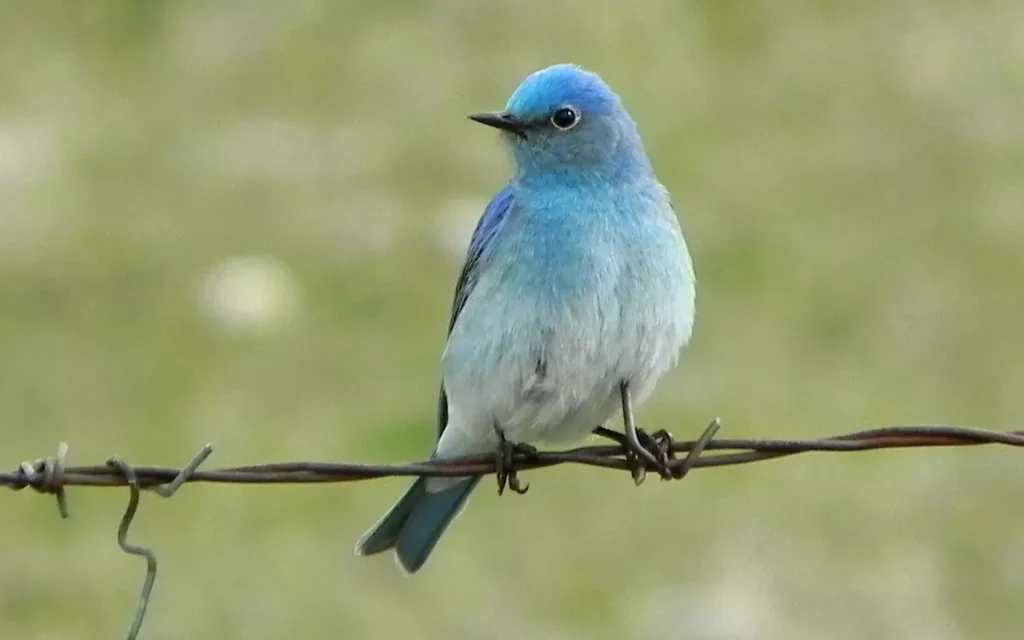
- Length: 6.1–7.1 in
- Weight: 0.85–1.31 oz
- Wingspan: 11.0–14.2 in
- Habitat: Open fields, mountainous areas
- Diet: Insects and berries
This sky-blue bird is a frequent sight in open, burned, or logged areas. Males have vivid blue feathers while females appear more grayish-blue. They migrate to Mexico in winter and return in spring to breed in tree cavities or birdhouses.
2. Western Bluebird (Sialia mexicana)
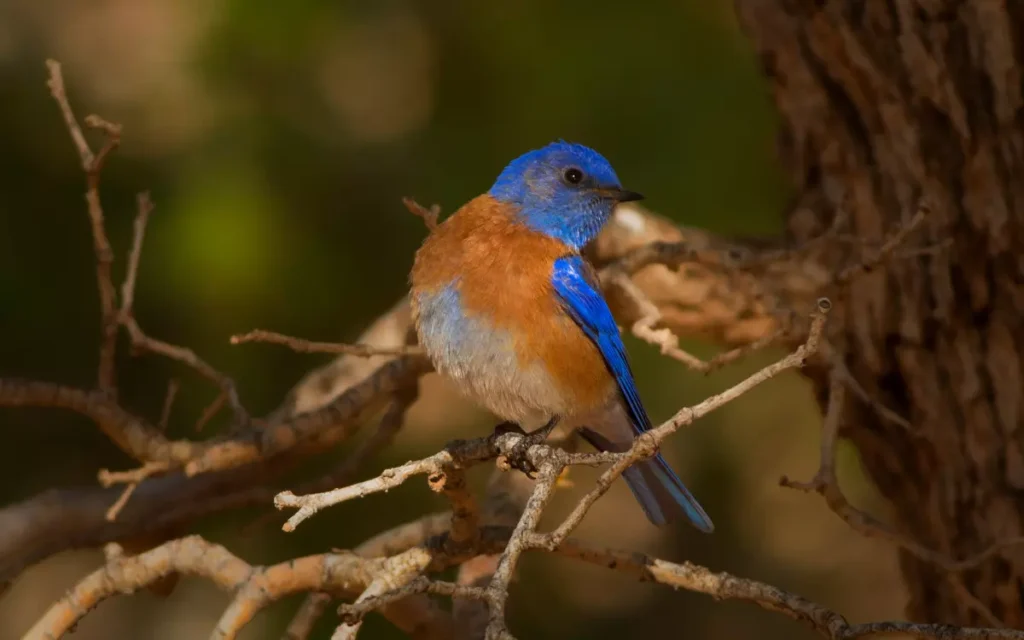
- Length: 6.3–7.5 in
- Weight: 0.8–1.1 oz
- Wingspan: 11.8–13 in
- Habitat: Woodlands, parks
- Diet: Insects, berries
With its orange chest and blue wings, the Western Bluebird is easy to spot. These birds play an important role in pest control and are often seen hopping on the ground searching for food.
3. Steller’s Jay (Cyanocitta stelleri)
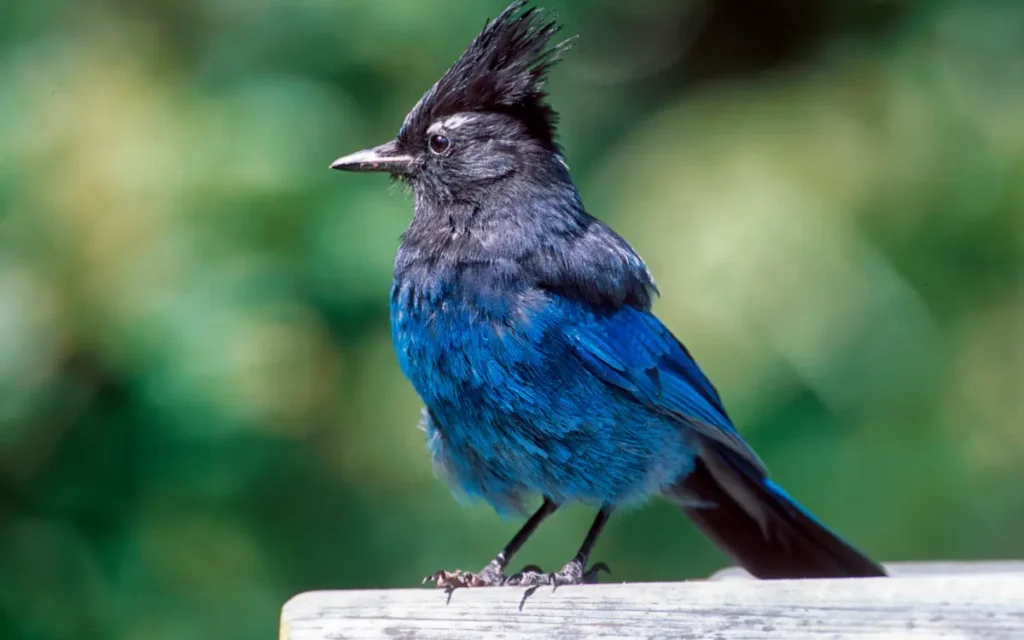
- Length: 11.8–13.4 in
- Weight: 3.5–4.9 oz
- Wingspan: ~17.3 in
- Habitat: Forests, suburban areas
- Diet: Insects, seeds, nuts
Easily recognized by its crested head and black-to-blue plumage, the Steller’s Jay is smart and vocal. It can mimic other bird calls and thrives in both wild and urban areas.
4.Blue Jay (Cyanocitta cristata)
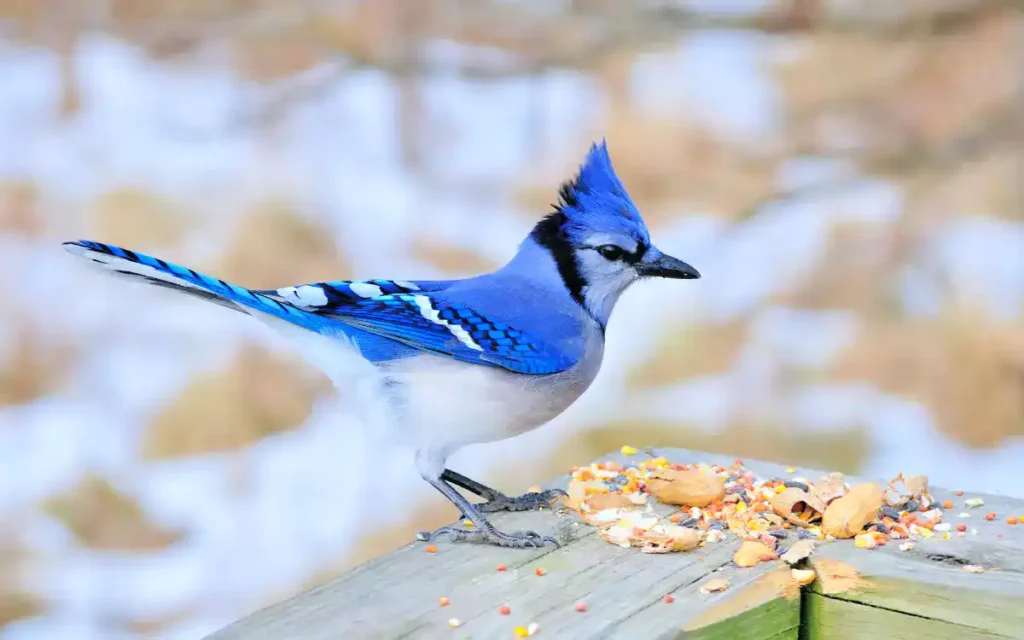
- Length: 9.8–11.8 in
- Weight: 2.5–3.5 oz
- Wingspan: 13.4–16.9 in
- Habitat: Woodlands
- Diet: Acorns, insects, seeds
These loud, bold birds are common in eastern woodlands but occasionally seen in Colorado. Their love for acorns helps with oak tree growth as they often bury them for later.
5.Blue Grosbeak (Passerina caerulea)
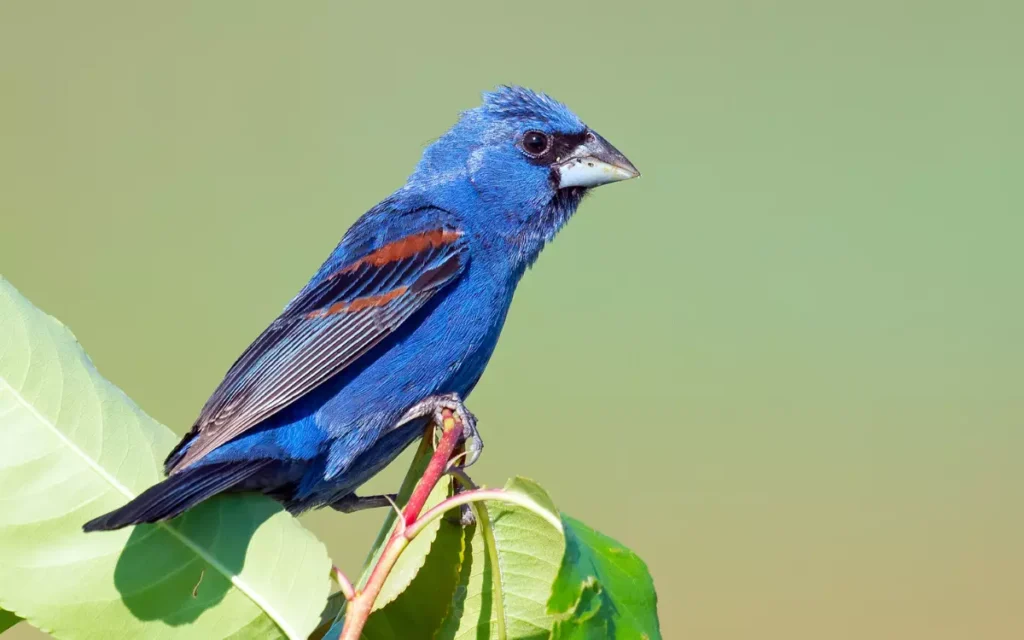
- Length: 5.9–6.3 in
- Weight: 0.9–1.1 oz
- Wingspan: 11 in
- Habitat: Shrubs, open woods
- Diet: Insects, seeds
With deep blue feathers and rusty wing bars, the Blue Grosbeak is a treat to spot. It nests in dense shrubs and is seen mostly during the breeding season.
6.Indigo Bunting (Passerina cyanea)
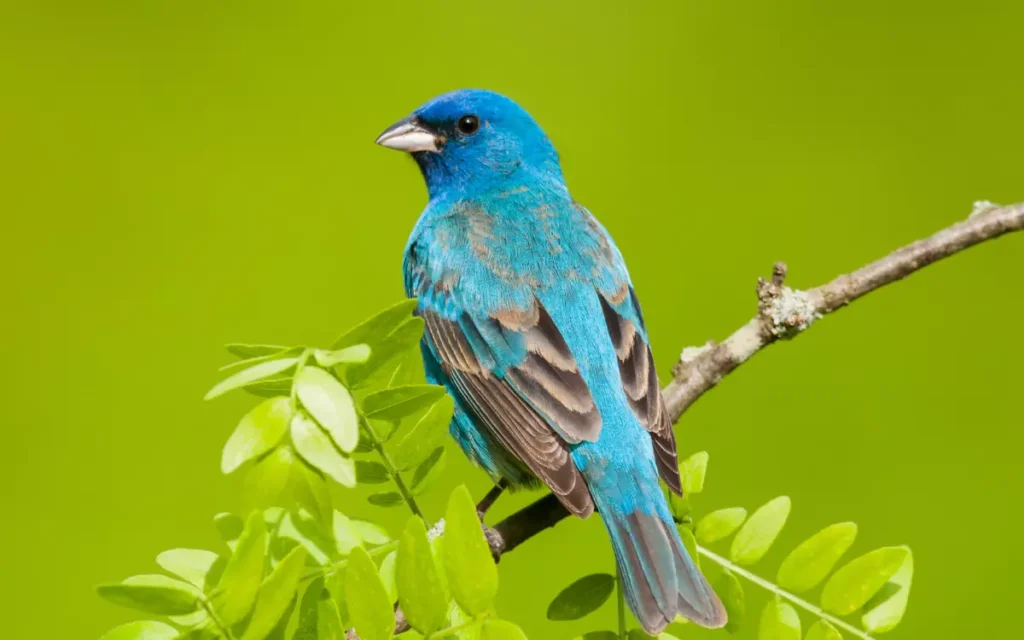
- Length: 4.5–5.9 in
- Weight: ~0.51 oz
- Wingspan: 7.1–9.1 in
- Habitat: Forest edges
- Diet: Seeds, insects
The male’s all-blue plumage shines brightest under direct sun. Look for these vibrant songbirds along brushy trails in spring and early summer.
Read also: 15 common Yellow Birds Colorado with (ID & images)
7.Lazuli Bunting (Passerina amoena)
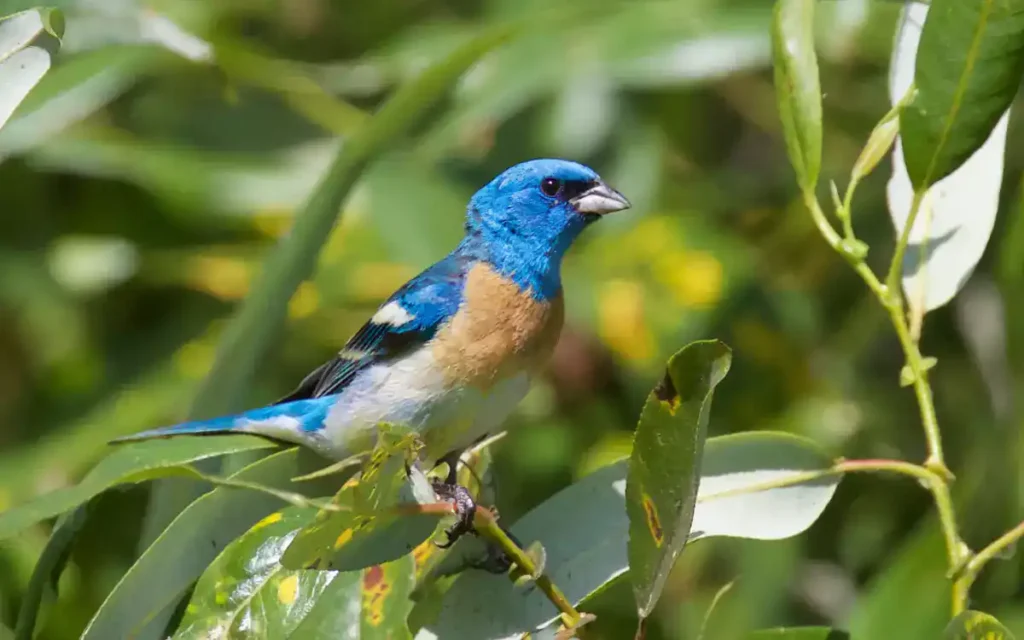
- Length: 5.1–5.9 in
- Weight: 0.5–0.6 oz
- Wingspan: 8.7 in
- Habitat: Open woodlands, thickets
- Diet: Insects, seeds
Often confused with the Indigo Bunting, the Lazuli Bunting features a sky-blue head and warm cinnamon chest. They’re common throughout Colorado in summer.
8.Belted Kingfisher (Megaceryle alcyon)
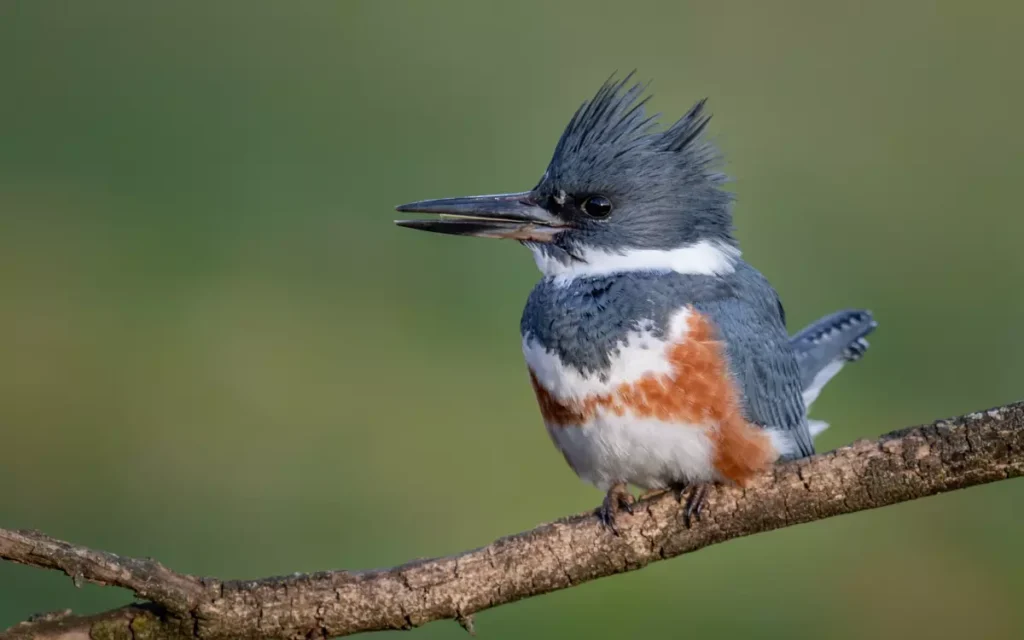
- Length: 11–14 in
- Weight: 4.0–6.3 oz
- Wingspan: 19–23 in
- Habitat: Rivers, lakes
- Diet: Fish, aquatic insects
Known for their diving skills and rattling calls, Belted Kingfishers burrow nests into riverbanks. They are one of the few bird species where the female is more colorful than the male.
Read also:
10 Rare Blackbirds of Colorado
11 Ducks in Colorado You Must Know
9. Tree Swallow (Tachycineta bicolor)
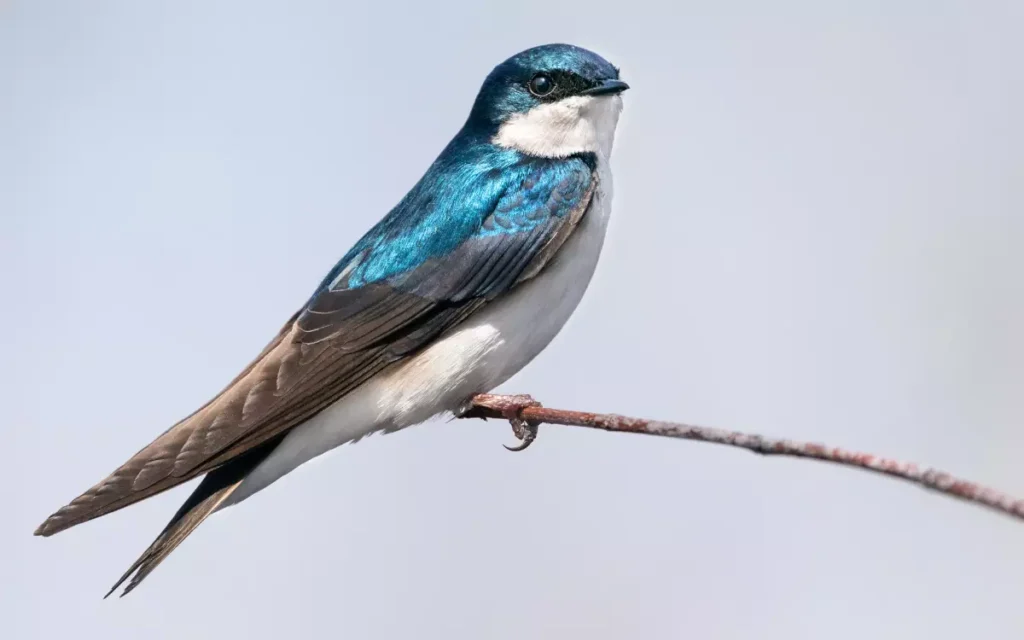
- Length: 4.7–5.5 in
- Weight: 0.60–0.90 oz
- Wingspan: 12–14 in
- Habitat: Near water bodies
- Diet: Flying insects
With shimmering blue-green feathers and acrobatic flight, Tree Swallows are a joy to watch. They love open areas near ponds and lakes, especially where nesting boxes are available.
Best Birdwatching Spots in Colorado
- Rocky Mountain National Park: A top destination for spotting Mountain Bluebirds and Tree Swallows.
- San Juan National Forest: Ideal for catching glimpses of Steller’s Jays and Western Bluebirds.
Birdwatching Tips:
- Visit early in the morning or late in the afternoon.
- Use binoculars for better views.
- Stay quiet and maintain distance to avoid disturbing the birds.
FAQs
Which bird is blue in color?
Species like the Mountain Bluebird, Indigo Bunting, and Blue Jay are known for their blue feathers.
What is the rarest bird in Colorado?
The Brown-capped Rosy Finch is one of the rarest and is found in alpine regions.
What is the most common bird in Colorado?
The American Robin is among the most common birds across the state.
What is Colorado’s state bird?
The Lark Bunting holds this title, known for its melodic song and black-and-white plumage.
What bird disease is found in Colorado?
Avian influenza (bird flu) has been detected in wild birds in the state.
What is the rarest animal in Colorado?
The black-footed ferret is extremely rare and was once believed to be extinct.

